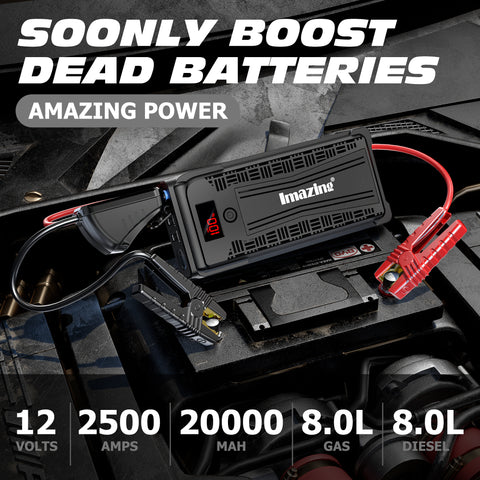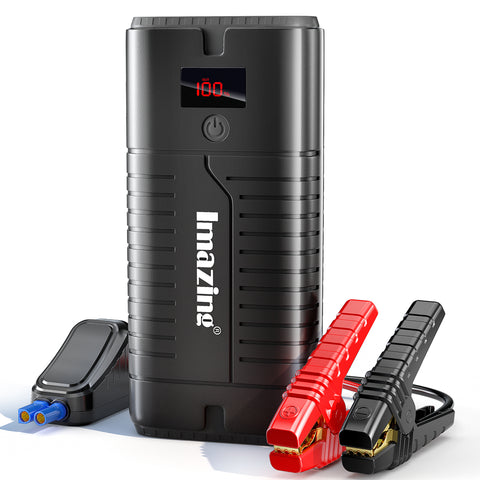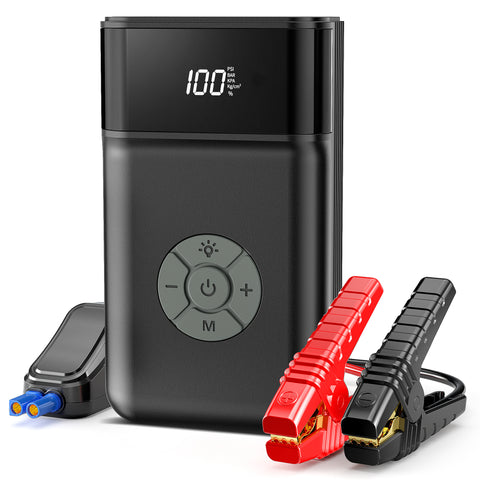Discharging a Battery, Equivalent Electric Circuits
The main purpose of a battery is to store power and release it at a desired time. This section examines discharging below totally different C-rates and evaluates the depth of discharge to that a battery will safely go. an exceedingly battery there are 2 electrodes immersed in an solution. once associate external load is connected to those 2 electrodes, oxidization reaction starts occurring in one conductor and at identical time reduction happens in alternative conductor.
The electro-chemical battery has the advantage over alternative energy storage devices there in the energy stays high throughout most of the charge and so drops fastly because the charge depletes. The super capacitor has a linear discharge, and compressed air and a regulator memory device is that the inverse of the battery by delivering the very best power at the start.
Most rechargeable batteries may be overloaded in short, however this should be unbroken short. Battery longevity is directly associated with the extent and length of the strain inflicted, which incorporates charge, discharge and temperature. The electrode, wherever oxidization takes place, the amount of electrons becomes excess.
On the other hand throughout discharging of battery, the opposite electrode involves in reduction reaction. This electrode is referred as cathode. The electrons that are excess in anode, currently flow to the cathode through external load. In cathode these electrons are accepted, which means cathode material gets concerned in reduction reaction.
The electro-chemical battery has the advantage over alternative energy storage devices there in the energy stays high throughout most of the charge and so drops fastly because the charge depletes. The super capacitor has a linear discharge, and compressed air and a regulator memory device is that the inverse of the battery by delivering the very best power at the start.
Most rechargeable batteries may be overloaded in short, however this should be unbroken short. Battery longevity is directly associated with the extent and length of the strain inflicted, which incorporates charge, discharge and temperature. The electrode, wherever oxidization takes place, the amount of electrons becomes excess.
On the other hand throughout discharging of battery, the opposite electrode involves in reduction reaction. This electrode is referred as cathode. The electrons that are excess in anode, currently flow to the cathode through external load. In cathode these electrons are accepted, which means cathode material gets concerned in reduction reaction.













